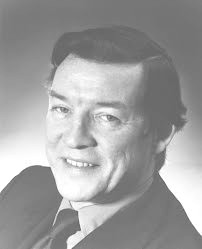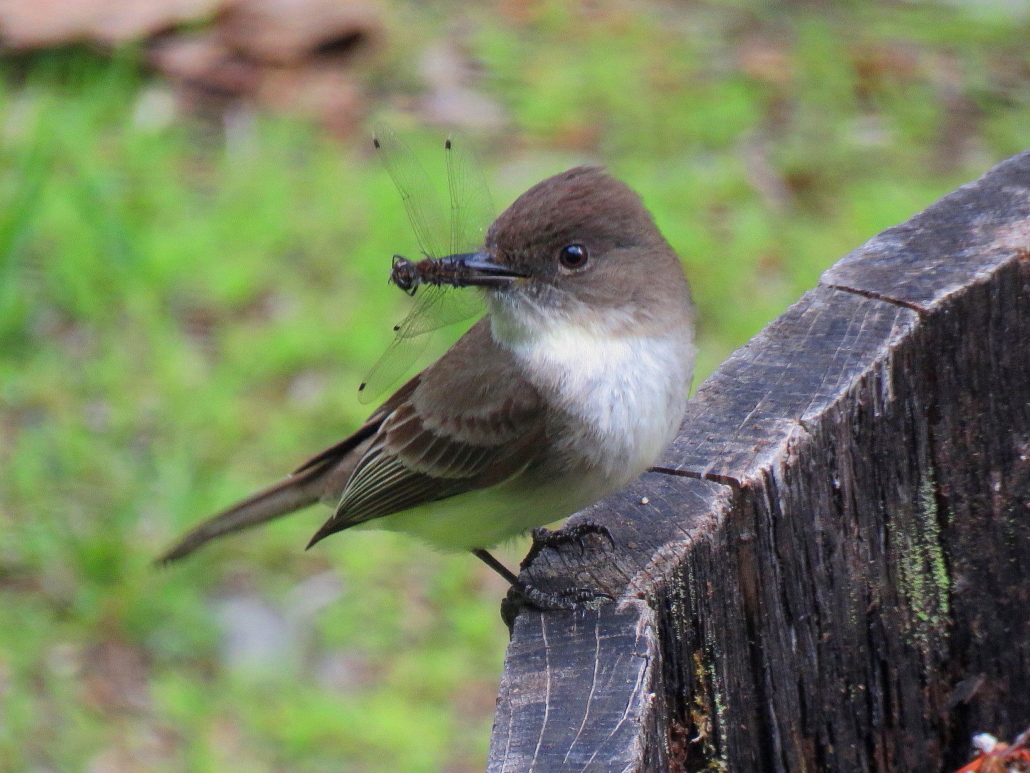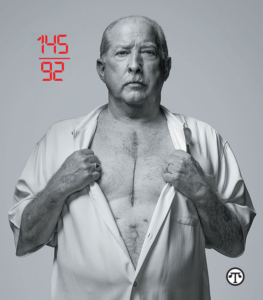SOLON & BEYOND: Catching up on school news; Anson Academy class of ‘68 seeks classmates
 by Marilyn Rogers-Bull & Percy
by Marilyn Rogers-Bull & Percy
grams29@tds.net
Solon, Maine 04979
Good morning, dear friends, don’t worry, be happy!
Even though school is over for the summer, I am going to write about an interesting event that happened at Solon Elementary School. This news was sent to me awhile ago, and my column wasn’t in the paper one week. Anyway, The Solon Masons sponsored the third annual “Bikes for Books” program in the Solon School again this year. This program promoted reading among the K-5 students.
Students read books and filled out a form on each book they read, putting the forms in large envelopes in their classrooms. On June 6th, an assembly to do a drawing for a boy and a girl from each class. Each of those students won a new bike, helmet, and a T-shirt provided by the Masons. The Masons also gave out an extra T-shirt to another lucky winner in each class.
At the assembly, Deputy Mike Pike went over bike safety with the students, especially the importance of wearing a helmet every time you ride.
The Solon Elementary students did a lot of reading in this third year of this great program. Here are the book totals for each grade: Grade K – 70, Grade 1 – 76, Grade 2 – 80, Grade 3 – 184, Grade 4 – 52 and Grade 5 – 61, for a total of 523.
Last year the students read 410 books so we were pleased with the increase in the number of books read this year.
Congratulations to the bike winners and to the top readers in each class who received $15 Walmart gift cards.
We appreciate the support of a community organization like the Masons to promote reading and fitness with our students.
Another interesting bit of news from the Solon School News letter: Students Participated In Career Days: Our district sponsored Career Days for students in grades K – 5 this spring. Three Career Days were held: one for grades K – 1, one for grades 2 – 3, and one for grades 4 – 5 on three Thursdays in May at the Garret Schenck School.
Three Career Days were part of our MELMAC Partnership Grant to introduce students at a young age to career options for their future, and we plan to offer these again next year.
My many thanks to those who send me this information about our children’s education. Looking forward to receiving more in the fall.
Another bit of news that I didn’t receive in time to get in before: The Anson Academy Class of 1968 is planning its 50th class reunion. They are looking for contact information for the following classmates: Lenora Brown Murray, Eileen Garland, Irene Garland Davis, Deirdre Nile, Frank Peters and Barbara Tucker. Anyone with information on these people, please call Beth Fleming Brown at 474-6609. The next planning meeting is July 9, 6 p. m., at Stewart Public Library, North Anson.
On Saturday, August 4, (10 a.m. – noon) paddle or canoe up the Wesserunsett Stream in Skowhegan with SWT Trustees. This tour is given as an free activity during River Fest, an annual multi-day event of Skowhegan Main Street that celebrates recreation and life on the Kennebec River, The paddle begins at Cleaver Landing on the Kennebec River.After the paddle enjoy a barbecue at the Kennebec Banks Rest Area for only $5.00. The barbecue starts at 11:30 a.m. and closes around 1:30 p.m. All proceeds help SWT maintain this popular rest area. If you don’t have a canoe, just ask us! We may have an extra one for you and a partner to use. ( Sounds like lots of fun. More news from Somerset Woods Trustees in the near future.)
And now for Percy’s memoir entitled Make Life a Little Sweeter:
Oh let me shed a little light
On someone’s path I pray;
I’d like to be a messenger
Of happiness today!
It may be just a phone call,
A smile, or a prayer,
Or long neglected letter
Would lift the edge of care.
I want to spread some happiness
In what I say or do,
Make life a little sweeter
For someone else! Don’t you? (words by Alice Hansche Mortenson.)










 (NAPSI)—High blood pressure is often silent—showing no signs or symptoms—but it’s not invisible. Survivors are speaking out to show the real impact of high blood pressure, and a new campaign from the Ad Council, American Heart Association and American Medical Association provides resources to help you and your doctor create a treatment plan that works for you.
(NAPSI)—High blood pressure is often silent—showing no signs or symptoms—but it’s not invisible. Survivors are speaking out to show the real impact of high blood pressure, and a new campaign from the Ad Council, American Heart Association and American Medical Association provides resources to help you and your doctor create a treatment plan that works for you. Understanding High Blood Pressure
Understanding High Blood Pressure

 These procedures are called “Vascularized Composite Allograft” organ transplants, or VCA transplants. They are composed of multiple types of tissue. With a hand transplant, for example, bones, blood vessels, nerves and skin must all be attached to the remaining arm.
These procedures are called “Vascularized Composite Allograft” organ transplants, or VCA transplants. They are composed of multiple types of tissue. With a hand transplant, for example, bones, blood vessels, nerves and skin must all be attached to the remaining arm.
